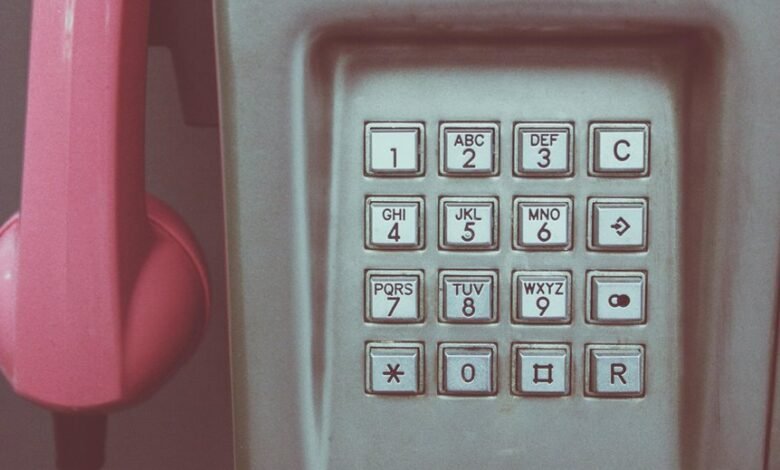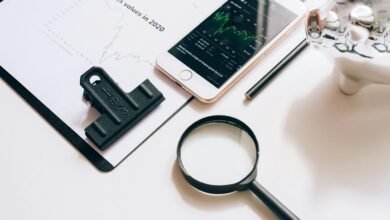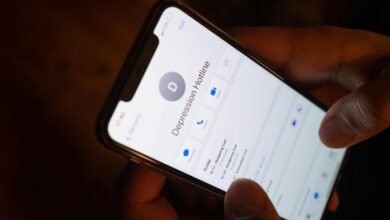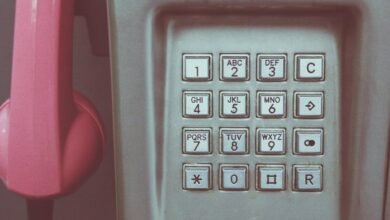Who Called You From 9562175041, 9562315032, 9562971414, 9563056118, 9563481300, and 9563825595? Find Out Everything About Any Phone Number

The emergence of unknown calls from numbers such as 9562175041 and 9562315032 raises concerns about the identity of the callers. These numbers could belong to legitimate businesses, telemarketers, or potential scammers. Understanding the origin and purpose of these calls is crucial for managing personal communications effectively. Various resources exist to aid in this identification process, but the true nature of these calls remains uncertain, prompting further investigation into their backgrounds and implications.
Understanding the Caller ID: What Do These Numbers Mean?
How can one interpret the information displayed on a Caller ID?
Understanding the caller ID basics involves recognizing number formats, such as local, national, or international styles. Each format conveys specific information about the origin of the call.
Analyzing these details enables individuals to assess the legitimacy of incoming calls, ultimately fostering a sense of freedom in managing communication and safeguarding personal privacy.
Common Reasons for Receiving Calls From Unknown Numbers
Although receiving calls from unknown numbers can be unsettling, several common reasons often underlie these communications.
Many originate from telemarketing scams aiming to promote unsolicited offers, exploiting the anonymity of caller ID.
Additionally, legitimate businesses may reach out for feedback or customer service inquiries.
Understanding these motivations can empower individuals to manage their response to such calls more effectively.
How to Identify and Report Suspicious Calls
Identifying and reporting suspicious calls requires a systematic approach to discern legitimate communications from potential threats.
Implementing call tracing technology can enhance spam detection, allowing individuals to analyze caller information effectively. Users should document call details, including time, frequency, and content, to provide accurate reports to authorities.
Utilizing mobile applications for enhanced detection can also empower users in safeguarding their communication privacy.
Conclusion
In the labyrinth of modern communication, unknown calls can feel like shadows lurking at the edges of our daily lives. By leveraging reverse phone lookup services, individuals can illuminate these obscured numbers, revealing the identities behind them. This proactive approach not only fosters informed decision-making but also serves as a protective barrier against potential scams. Ultimately, understanding the origins of these calls transforms uncertainty into clarity, allowing one to navigate the complex web of connectivity with confidence.







